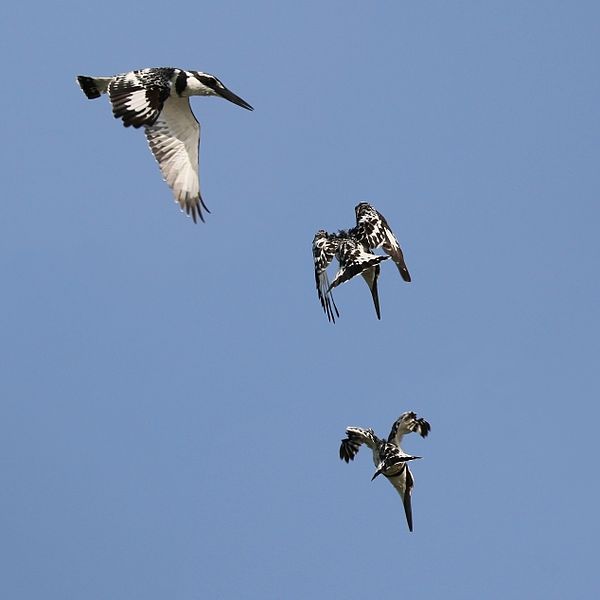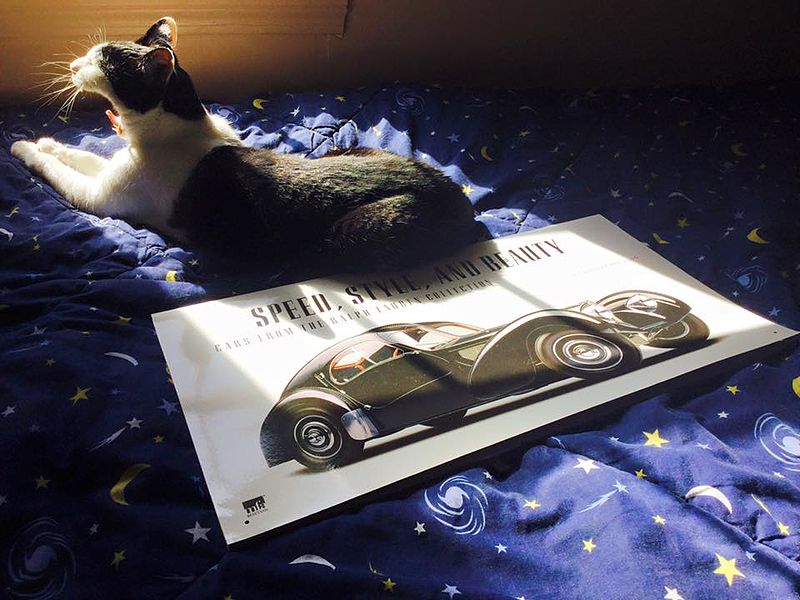In 1989, Japan’s Shinkansen Bullet Train had a problem. It was really fast, pushing 170 miles per hour. But every time it exited a tunnel, it created a loud sonic boom that disrupted surrounding residential neighborhoods. So an engineering team was brought in to design a quieter, faster and more efficient train. And they had a secret weapon: the general manager of the technical development department was a birdwatcher. 99% Invisible teamed up with Vox to bring you this video story of how biomimicry is reshaping the world of design:
In the redesigned train, curved and serrated owl feathers inspired the pantograph rig that connects the train to the electric wires above. A penguin’s smooth body shape, which allows the bird to swim and slide effortlessly, helped lower wind resistance on the rig supports.

And the nose of the train was derived from the beak of a kingfisher, a bird that dives into water to catch prey and barely makes a splash. The resulting redesign was faster, more efficient and much quieter — it broke world speed records, thanks in part to a variety of birds.

Janine Benyus, who coined the term “biomimicry” back in 1997, believes that designers have a lot to learn from the natural world. Those lessons can come from various sources, like: studying prairie dog burrows to build better air ventilation systems, mimicking shark skin to create bacteria-resistant plastic surfaces for hospitals, or arranging wind turbines in the same drag-reducing pattern that schools of fish swim in.
From our partners:

There are three main ways biomimicry can work. First, a design can mimic form or shape, like paint that helps surfaces self-clean the same way as a lotus leaf. Second, there is mimicking process, like patterning autonomous vehicle networks on how ants and bees communicate as a hive. Finally, there is ecosystem-level imitation, where waste is reduced and everything is recycled back up into a system. “Ecosystems do that really well,” explains Benyus. “You’ve got a log on the forest floor, and those materials move up into the body of the fungus that eats it, and that mushroom is then eaten, and those materials move up into a mouse, and that mouse material moves up into a hawk.”
And that’s the end goal for biomimetic design: making products, systems, and cities functionally indistinguishable from the natural world. Life has been around on Earth for 3.8 billion years and designers are starting to realize that represents a lot of research and development time. The people who design our world have a lot to learn from the natural world — all they have to do is take a look.

This feature is from Vox & 99% Invisible.
















